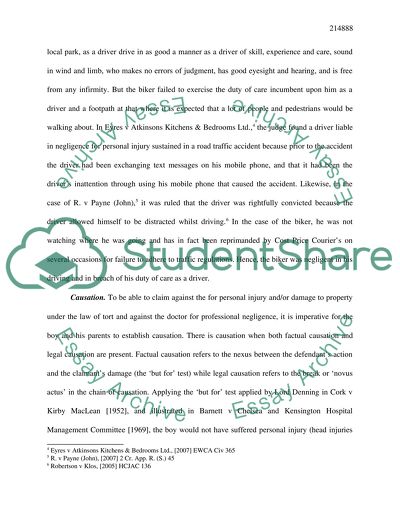Cite this document
(“Memorandum of Law Case Study Example | Topics and Well Written Essays - 2000 words”, n.d.)
Retrieved from https://studentshare.org/law/1510487-memorandum-of-law
Retrieved from https://studentshare.org/law/1510487-memorandum-of-law
(Memorandum of Law Case Study Example | Topics and Well Written Essays - 2000 Words)
https://studentshare.org/law/1510487-memorandum-of-law.
https://studentshare.org/law/1510487-memorandum-of-law.
“Memorandum of Law Case Study Example | Topics and Well Written Essays - 2000 Words”, n.d. https://studentshare.org/law/1510487-memorandum-of-law.


